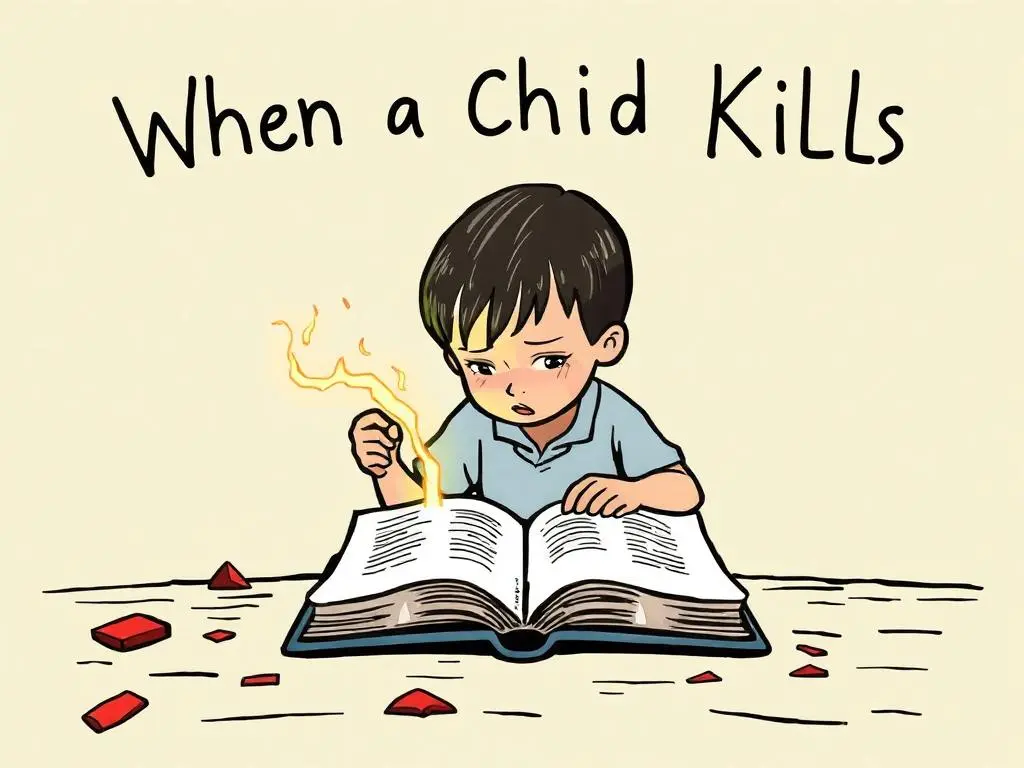Pride at the Plate for a Little League All-Star

Fairly often one of my students raises a hand in class just as I’m saying something that feels important. When the palm hangs there, imploring but impertinent, I turn and ask, “You have a question, or you want a high-five?” The joke, however middling, cuts the tension. Almost always, the student replies, “Both.” We slap a high-five. The question is asked and answered. Class gets back to business.
As it happens, A HIGH FIVE FOR GLENN BURKE (Farrar, Straus & Giroux, 278 pp., $16.99; ages 10 to 13), Phil Bildner’s bighearted new novel, begins in a classroom. It’s the sixth grader Silas Wade’s turn to teach his classmates about a famous inventor. A baseball zealot and Little League all-star, he’s chosen to herald the less-than-famous (though real-life) Burke, who, historians say, invented the world’s most popular celebratory gesture. In 1977, Burke went wild after a teammate on the Los Angeles Dodgers hit a record-setting home run. As Burke waved his hand near home plate, the teammate rounded the bases and smacked Burke’s palm with his own. “Soon people were high-fiving in classrooms and courtrooms and boardrooms,” Silas announces. “Even the pope was high-fiving, and the president of the United States was high-fiving!”
As Silas understands, the high-five is a euphoric, unitive act, “a gesture we feel in our souls,” as he puts it. My jest works with my students, I think, because even as it chides, it conveys that I’m on their side.
Silas is an irrepressible goofball, beloved by friends, teachers and coaches for his generosity and high spirits. Still, he fears that a vanishing few are on his side. That’s because he is gay, as was Burke, who died in 1995 of AIDS. Silas remains closeted, and the social pressures of middle school dictate that he omit Burke’s homosexuality from his presentation, although it was a principal motivation for selecting him. Baseball executives hailed Burke as the next Willie Mays before their bigotry exiled him from the game. (After the Dodgers traded Burke to the Oakland Athletics, Billy Martin, the A’s manager at the time, was said to have referred to him with a homophobic epithet.) Silas yearns to honor Burke, to give him “the high-five he deserves.” He also, like any kid anywhere, needs to be accepted for who he is.
Bildner routinely situates his books at the junction of sports and social issues. (His “Rip and Red” series, for instance, features a basketball-crazed protagonist on the autism spectrum.) If at moments the narrative — which slips in mini-lectures on racism, texting while driving and self-care — cedes wonder to didacticism, it also thrums with moral clarity.
Silas’s journey instills lessons of tolerance, authenticity and genuine love and understanding. As the liability of his secret imperils his sanity (“All this stuff weighs you down and holds you down and keeps you down,” Silas acknowledges), he confides in his best friend and, later, in a trusted coach. Neither knows precisely how to proceed, and so the novel’s empathetic scope broadens further: Everyone is permitted to stumble.
Bildner’s on-field action, relayed through the argots of baseball (“at the dish”) and adolescence (“We want vids, man”), unfolds at full sprint. “When I’m out in center, it’s where hits go to die,” Silas endearingly crows. “Pow, pow!” he hollers, after snatching from the air one more aspiring hit. With Silas as their focal point, these scenes scoff at the myopic gloss of toughness that still governs many competitive sports.
Ultimately, “A High Five for Glenn Burke” turns on courage, summoned by Silas as well as by those in his orbit. As readers root for victories on the diamond, the off-field triumphs of compassion, integrity and forgiveness sweeten the delights of home runs and double plays. Bildner’s novel is both a cleareyed assessment of historical progress and, one hopes, an accelerant to it. Society changes, Silas’s coach tells him, “because of people like you.” High-five to that.




